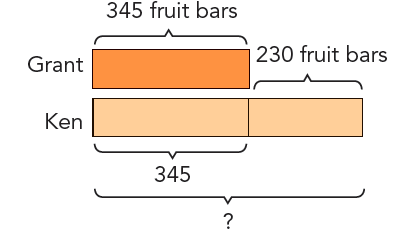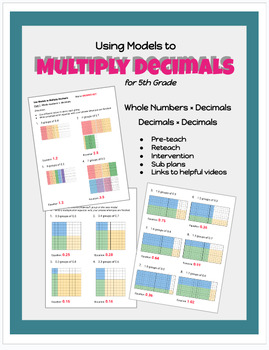
4 The student applies mathematical process standards to develop and use strategies and methods for whole number computations in order to solve problems with efficiency and accuracy. Compare fractions in recipes ( 3-X.11 ). Graph and compare fractions on number lines ( 3-X.7 ). Graph and compare fractions with like numerators on number lines ( 3-X.6 ). Graph and compare fractions with like denominators on number lines ( 3-X.5 ). Compare fractions using number lines ( 3-X.4 ). Compare fractions using models ( 3-X.3 ). H compare two fractions having the same numerator or denominator in problems by reasoning about their sizes and justifying the conclusion using symbols, words, objects, and pictorial models. Find equivalent fractions using number lines ( 3-W.4 ). Find equivalent fractions using area models: two models ( 3-W.1 ). G explain that two fractions are equivalent if and only if they are both represented by the same point on the number line or represent the same portion of a same size whole for an area model and. Graph fractions equivalent to 1 on number lines ( 3-W.8 ). Graph equivalent fractions on number lines ( 3-W.5 ). Identify equivalent fractions on number lines ( 3-W.3 ). Find equivalent fractions using area models: one model ( 3-W.2 ). Find equivalent fractions using fraction strips ( 3-W. F represent equivalent fractions with denominators of 2, 3, 4, 6, and 8 using a variety of objects and pictorial models, including number lines. Fractions of a whole: word problems ( 3-V.27 ). Fractions of a whole: modeling word problems ( 3-V.26 ). Unit fractions: word problems ( 3-V.25 ). E solve problems involving partitioning an object or a set of objects among two or more recipients using pictorial representations of fractions with denominators of 2, 3, 4, 6, and 8. Decompose fractions into unit fractions ( 3-Y.5 ). D compose and decompose a fraction a/b with a numerator greater than zero and less than or equal to b as a sum of parts 1/b. Unit fractions: modeling word problems ( 3-V.24 ). C explain that the unit fraction 1/b represents the quantity formed by one part of a whole that has been partitioned into b equal parts where b is a non-zero whole number. Identify fractions on number lines ( 3-V.17 ). Identify unit fractions on number lines ( 3-V.16 ). B determine the corresponding fraction greater than zero and less than or equal to one with denominators of 2, 3, 4, 6, and 8 given a specified point on a number line. Graph fractions on number lines ( 3-V.20 ). Graph unit fractions on number lines ( 3-V.18 ). Fractions of number lines: halves, fourths, and eighths ( 3-V.14 ). Fractions of number lines: unit fractions ( 3-V.13 ). Match unit fractions to models ( 3-V.10 ). Match fractions to models: halves, thirds, and fourths ( 3-V.9 ). Show fractions: fraction bars ( 3-V.7 ). Understand fractions: area models ( 3-V.6 ). Understand fractions: fraction bars ( 3-V.5 ). A represent fractions greater than zero and less than or equal to one with denominators of 2, 3, 4, 6, and 8 using concrete objects and pictorial models, including strip diagrams and number lines. 3 The student applies mathematical process standards to represent and explain fractional units. 
Put numbers up to 100,000 in order ( 3 ).

Which number is greatest/least? ( 3-A.10 ).D compare and order whole numbers up to 100,000 and represent comparisons using the symbols >, Round to the greatest place value ( 3-P.4 ).C represent a number on a number line as being between two consecutive multiples of 10 100 1,000 or 10,000 and use words to describe relative size of numbers in order to round whole numbers and.Multiplication patterns over increasing place values ( 3-H.3 ).

B describe the mathematical relationships found in the base-10 place value system through the hundred thousands place.Convert between standard and expanded form ( 3-B.8 ).Place value models up to thousands ( 3-B.1 ).A compose and decompose numbers up to 100,000 as a sum of so many ten thousands, so many thousands, so many hundreds, so many tens, and so many ones using objects, pictorial models, and numbers, including expanded notation as appropriate.2 The student applies mathematical process standards to represent and compare whole numbers and understand relationships related to place value.







 0 kommentar(er)
0 kommentar(er)
